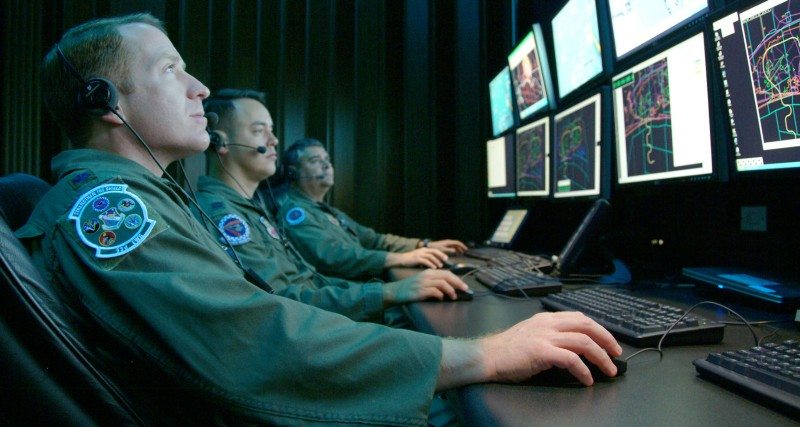The Air Force chief information officer addressed modern cyberspace threats and the impact of social networking at the Air Force Association Cyber Futures Symposium and Convention here April 1.
Lt. Gen. William T. Lord emphasized that despite recent budgetary constraints, the Air Force needs to remain vigilant in cybersecurity, applications management and compatibility to new devices in order to ensure military networks are available in the fight for U.S. and coalition partners.
As ever-changing cyberthreats continue to surface, the general said the service needs to re-evaluate ways to protect, resource and design its network. The general also warned against jumping to “attack” terminology when in reality network configuration itself could be the biggest vulnerability.
“When you’re on the other side and somebody’s trying to connect to your network, is that bad or is that good?” Lord asked. “If it’s too hard to penetrate the network, (the enemy will) batter away at our applications.”
The general explained that Air Force officials are beginning to put their applications through rigorous testing, and then apply program management office money to fix any holes, as opposed to funding the next new release of capability.
“Information technology allows us to be a much smaller force, but to be infinitely more effective,” Lord noted. “There’s huge pressure to bring new devices on and at the same time be able to manage that in an environment where we want to ensure that our data is available.”
In considering future technologies, Lord said, “Clearly there’s a revolution going on in mobile devices, in the internet and in the cyberworld in which we’re participating. We need to look at the way we can accelerate and credit new things to go on the network … (one) that’s device agnostic, so that we can use a BlackBerry or a Droid or ‘your-favorite-mobile-device.'”
Looking forward, the general said cyberoperations will drive many of the changes on the horizon.
“The future of nanotechnology, biocomputing and genetics research will be enabled by the process power of computers, the network and the ability to collaborate and share information among lots of entities,” he said.










